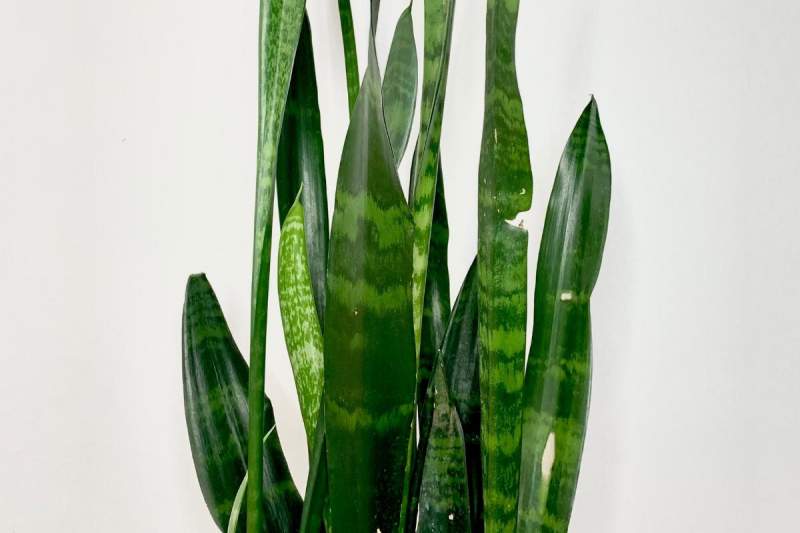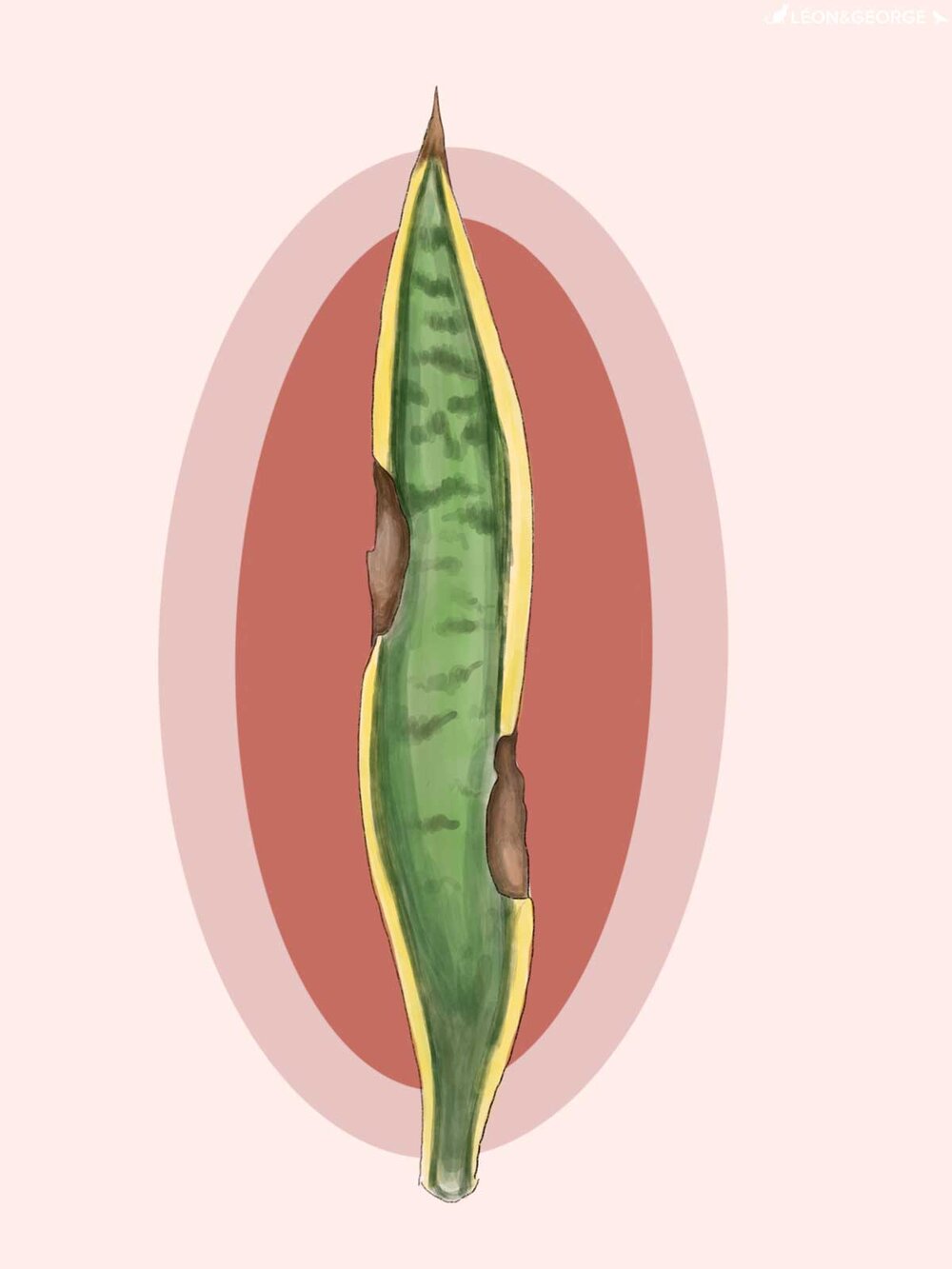Snake Plant Leaves Turning Yellow Can Be Fun For Everyone
Wiki Article
Some Ideas on Snake Plant Leaves Turning Yellow You Should Know
Table of ContentsThe Basic Principles Of Snake Plant Leaves Turning Yellow The Snake Plant Leaves Turning Yellow IdeasHow Snake Plant Leaves Turning Yellow can Save You Time, Stress, and Money.Some Known Questions About Snake Plant Leaves Turning Yellow.Some Ideas on Snake Plant Leaves Turning Yellow You Need To KnowA Biased View of Snake Plant Leaves Turning Yellow

Ideally, you should add a liquid fertilizer to the plant's water. It is much better to offer serpent plants too little fertilizer instead of too much. Do not fertilize snake plants in the wintertime. Repotting Flat pots with vast sizes are ideal for Sansevieria, as the plants establish thick rhizomes that spread out flat just under the surface of the dirt.
This is only essential when the plants are totally rooted with, if the rhizomes push each other up out of the soil or expand over the edge of the pot. Some leaves may fall away over the sides on tall houseplants as the root is not sufficiently anchored in the soil.

About Snake Plant Leaves Turning Yellow
One especially rather variant of the easy-care residence plant is the follower snake plant (Sansevieria zeylanica). Propagating serpent plants The green-leaved serpent plant can be very conveniently circulated in the spring or summertime via cuttings roughly 1.You ought to keep in mind when propagating the snake plant which cut edge belongs at the leading and which at the bottom! Just after that should the leafed items be planted in damp substratum.
Reduce the fallen leaves of long-leafed selections by regarding half to make sure that the plant is secure in the pot. With rosette-shaped growing Sansevieria, the private rosettes are meticulously separated from each other so that every one has a couple of origins. The items are planted separately in blossom pots. Conditions and Bugs The snake plant is a very robust plant despite moderate care and in sub-optimal problems; it also forgives major treatment errors.
Brown tinted or limp fallen leaves are normally triggered by origin rot, waterlogging or temperatures that are also reduced. One of the most regular insects on snake plants are mealybugs. The plants are likewise sometimes plagued with crawler termites when they are in completely dry, warmed air.
More About Snake Plant Leaves Turning Yellow
Sansevieria, Mother-in-Law's Tongue, Viper's Bowstring Hemp. There are various kinds of Snake plant which all call for the same treatment: Serpent plant moonshine Serpent plant Victoria Serpent Plants can live in low light to bright, straight sun (Snake Plant Leaves Turning Yellow). They're the best plant to bring life to a dark area or cornerThroughout the winter season do not hesitate to only sprinkle your serpent plant when a month if the soil is still moist after 2 weeks. Serpent Plant kingdoms do not have any kind of certain humidity needs but they like drier atmospheres. Serpent Plants do not have any specific temperature level requirements, but will certainly experience if subjected to temperatures listed below 10C.
Its slow-moving growth rate makes it fairly uncommon in the trade. There are two virtually similar kinds, among which is'Nelsonii'.'Nelsonii 'circulates true to type from fallen leave cuttings while the various other type, likewise marketed as'Nelsonii', must be circulated by rhizome division due to the fact that fallen leave cuttings generate S. trifasciata.
Collecting bed-grown sansevieria is a careful thinning process. Solitary rosettes of preferred size are cut from the continuing to be glob by hand with a weeding knife or similar cutting device, and lifted from the bed. Fully efficient beds are gathered 5 to 6 times annually to stop crowding of young plants which distorts new rosettes.
9 Simple Techniques For Snake Plant Leaves Turning Yellow
Sandy field soils made use of for ground beds must be changed with 15 to anonymous 20 percent peat integrated right into the top 4 inches to improve water holding and cation exchange capacity. The p, H of most sandy ground beds in main Florida varieties in between 5. 5 and 6. 8. Research study has actually revealed that S.29 pound per plant. Nonvariegated plants are usually extra productive than variegated cultivars of the exact same species. Some baby rooms grow small plants from leaf cuttings in either ground beds or raised benches - Snake Plant Leaves Turning Yellow. Leaf cuttings of nonvariegated cultivars are usually stuck in very early springtime and yield little plants in fall under shadehouse conditions.
5 inches into a well drained however moist medium. Given that the upper and basic end of cuttings extracted from the mid-section of taller types is challenging to establish visually, it is usually desirable to mark or scratch one end of the cuttings continually to help in sticking. Cuttings stuck upside down will not create roots.
The Facts About Snake Plant Leaves Turning Yellow Revealed
Root and shoot development happens much more gradually at lower temperature levels; temperature levels listed below 60F must be prevented. Depending on cultivar, cutting dimension, area of leaf used, and its physiological conditions, leaf cuttings will typically generate 1 to 5 plantlets. Plantlets must be damaged or reduced from the fallen leave reducing when they reach the preferred useful reference sized.
10 to 12 plant food applications each year to supply beds under field problems or under frameworks will certainly keep sufficient fertility, plant vitality, and top quality. Nitrogen is one of the most critical component in the majority of nurseries in terms of limiting the rate of plant development. Supply beds ought to obtain 500 to 750 extra pounds per acre each of nitrogen (N) and site here potash (K2O).
Serpent plants are a wonderful addition to any home. If you've obtained one and you notice that the leaves of your snake plant are splitting, don't worry!
Symptoms consist of plants that don't obtain adequate water or plants that are over-watered. Plants that do not get enough water will certainly have completely dry fallen leaves and stems, with big spaces between the split locations of their fallen leaves. Over-watered plants will certainly have soft and saggy stems, as well as white spots on the bottom of the leaf.
What Does Snake Plant Leaves Turning Yellow Mean?
If your snake plant's fallen leaves are splitting, it may be because of overwatering. When you sprinkle your serpent plant, you wish to stay clear of saturating the soil so it stays moist however not soaked. If you sprinkle frequently or way too much, after that the soil can end up being also damp and will certainly not absorb dampness as easily when sprinkled once more.Report this wiki page